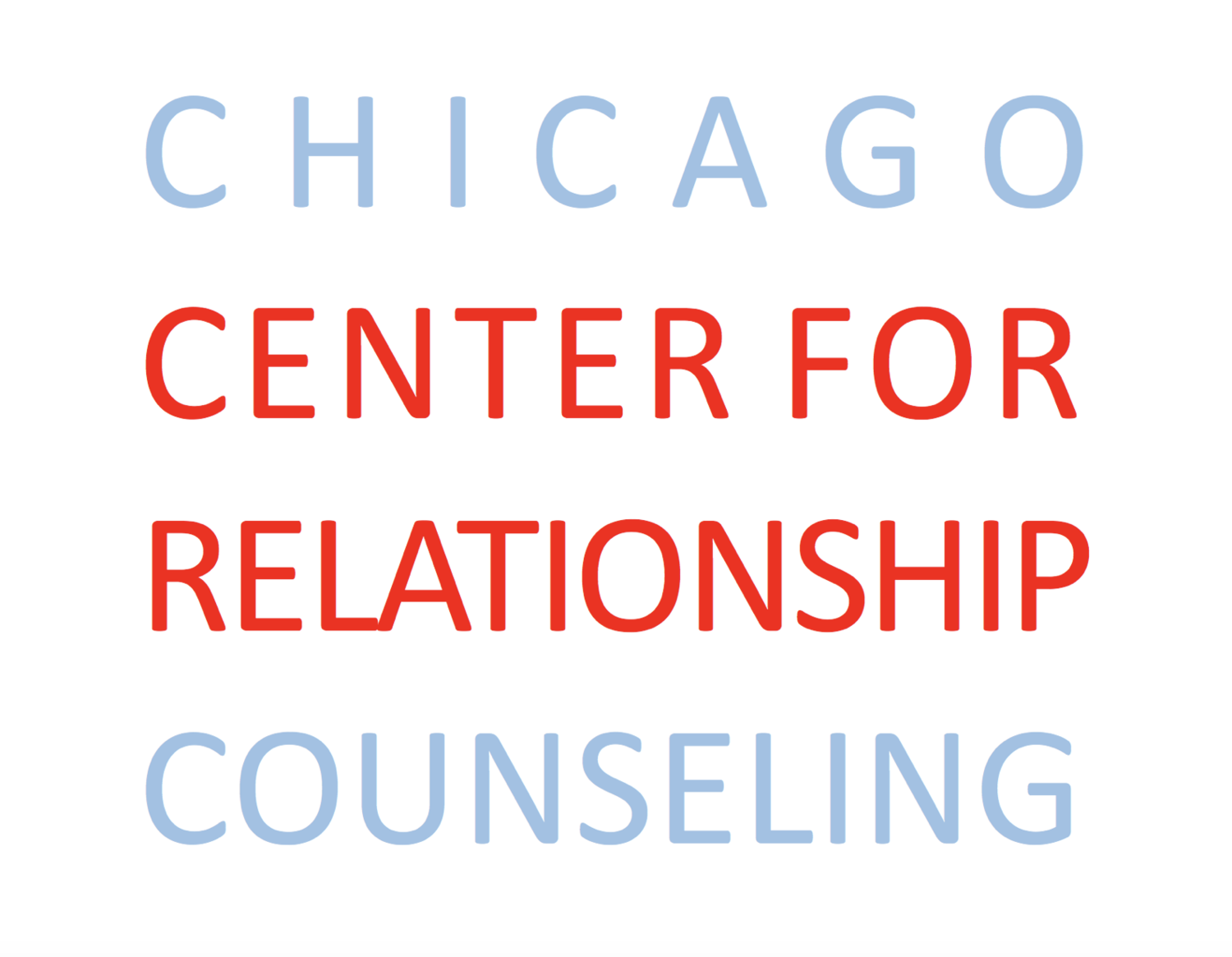Building Your Defensiveness Radar
By: Eric Wren, AMFT
When I work with clients dealing with conflict in their relationship, one of the first things I’m looking for is defensiveness – whether with a romantic partner, a family member, or a friend. Defensiveness is an excellent indicator that an “emotional injury” just occurred…it’s like the check engine light that goes off and tells you where to focus your attention to repair the problem.
Here are a few practical questions / points I like to consider with clients. These can help build your “defensiveness radar” so you can notice when it’s happening for you & find a better solution.
What is my pattern?
You might ask yourself, “What is my defensive pattern like?” When working with relationships, there tends to be an emotional injury that happens right before a person’s defensive response comes out. If you were drawing out your pattern, you might write a part of it out like this:
emotional injury —> defensiveness
Grab a pencil and see if you can add a few steps to your pattern (both before the emotional injury and after defensiveness). Sometimes breaking your pattern down into 5 or 6 steps can help slow yourself down a bit and build awareness for a more productive conversation.
What is this defensiveness really about? (*hint: it’s about the emotional injury)
Remaining curious about why you become defensive is arguably the most important task in building your defensiveness radar. Since an emotional injury tends to precede defensiveness (oftentimes in a matter of seconds without you even noticing), it’s key to spend some time exploring the injury and getting to know it.
Maybe one of these “emotional injury” examples rings true for you:
You don’t feel heard / validated by the other person.
You feel misunderstood by the other person.
Your wants / needs are ignored, or not prioritized.
The current situation reminds you of a previous conflict / issue.
(Distinction between past and present collapses)
How does my defensiveness present?
What does your defensive stance sound like / look like / feel like? It can present differently for different people. Getting to know yours can help build your radar.
Sounds like:
“Well I responded like that because you said ___________ first!”
(blame & focus on chronological order)
Feels like:
Maybe you notice your heartbeat speed up or your face turns red. Looking for signs from your body can help you get to know your defensiveness & what it’s like for you.
Looks like:
Perhaps you withdraw entirely and leave the room, or turn your body away from the other person.
Taking a non-judgmental, curious stance towards your defensive responses can help you understand when your “check engine light” is going off and take ownership of ways that you might be inflaming the issue.
Context is everything. When you notice defensiveness, get curious about the emotional injury and spend some time there…this could have a profound impact on replacing your defensive pattern with a reparative one.



